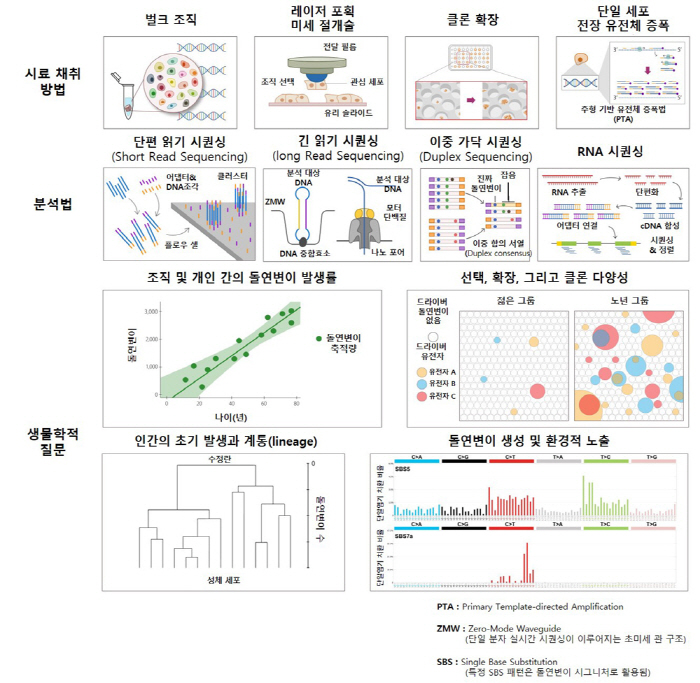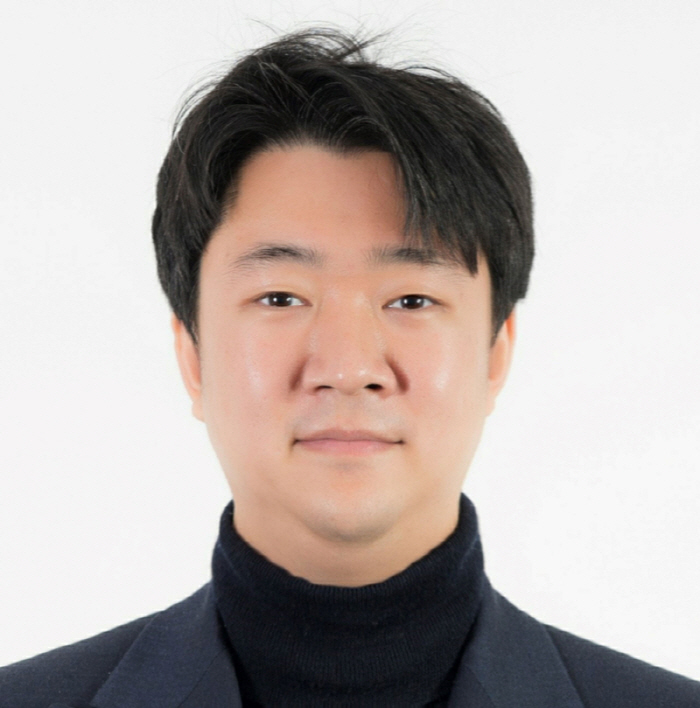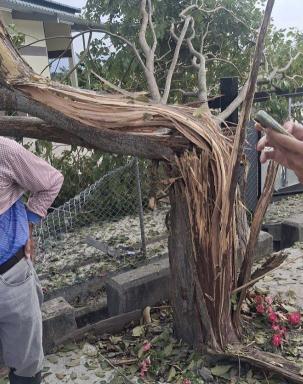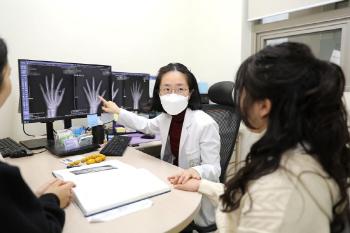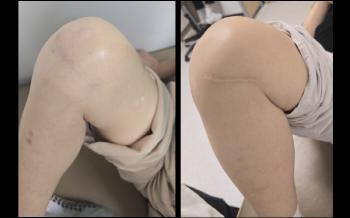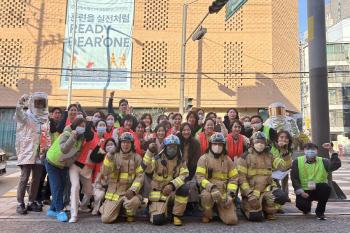Normal human cell mutation map completed...Expect improvement in disease prediction, early diagnosis, and customized treatment
|
A research team led by Professor Oh Ji-won of Yonsei University's School of Medicine announced on the 3rd that it has developed a map that can check the distribution and process of somatic mutations that cause aging and disease in normal human bodies.
The results of the study were published in the international journal Nature (IF 48.5). In addition, Professor Oh Ji-won participated in writing the thesis as a co-corresponding author as part of the U.S. National Institutes of Health (NIH)-led Global Cooperation (SMaHT) across Human Tissues.
Throughout life, somatic mutations continue to accumulate. These mutations are not only a cause of aging, but also various diseases such as cancer, cardiovascular disease, and neurological disease.
Until now, studies that systematically analyzed the distribution, pattern, and frequency of mutations in each human tissue have been insufficient. This is because somatic cell dielectric research had no choice but to focus on cancer tissues or remaining tissues of surgery.
The research team obtained 19 systemic tissues, including brain, heart, lung, liver, colon, skin, blood, and reproductive glands from post-morbid adult bodies, and collected and analyzed them in a rapid autopsy method within 24 hours of death.
In addition, state-of-the-art techniques such as 'Duplex Sequencing' and 'Single-cell Genomics' which are hundreds of times more sensitive than before were applied to tissue analysis. Double-stranded sequencing is a technology that sequences both strands of DNA (double helix) and then analyzes only the same variation in both strands.
The body dielectric collected in this way was precisely analyzed to reveal the spatiotemporal characteristics of the pattern in which somatic mutations occur. We were able to capture somatic mutations with only trace amounts within normal human tissues, and analyzed 'clonal expansion' which expands numerically as one cell repeatedly divides over time.
This map is characterized by the fact that mutations occurring in healthy human bodies, not those with diseases, can be observed. Since it is based on a non-disease body, it can be used as a criterion for identifying the causes and processes of various diseases.
Professor Oh Ji-won said, "The large-scale data produced this time will be open to researchers around the world for use through the international database system. Analyzing microscopic mutation data could provide clues to researching various diseases such as aging, heart disease, and dementia."
|
This article was translated by Naver AI translator.
